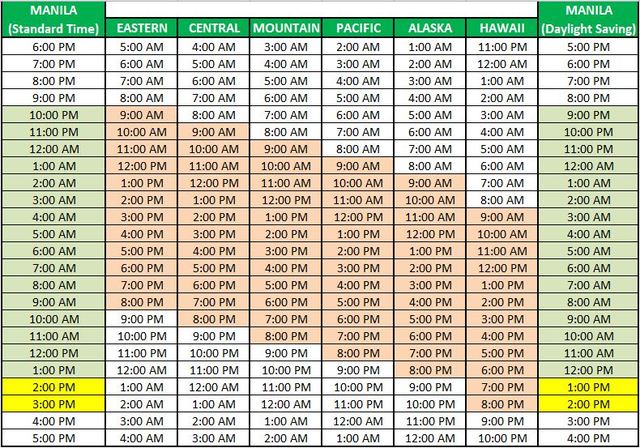9 AM UTC to Australian Time: Time Zone Conversion Made Easy
Understanding the intricacies of time zones can feel like solving a complex puzzle, especially when juggling different locales across the globe. One fascinating challenge arises when converting 9 AM UTC into Australian time. With the continent’s diverse time zones, this exercise becomes a captivating endeavor—a mini-adventure for your brain and clocks. This article delves into the art of time zone conversion, ultimately transforming what often seems perplexing into a straightforward task.
Australia is divided into several time zones, each with its unique variation from Coordinated Universal Time (UTC). When you think about it, it’s not just numbers; it’s about connecting people, businesses, and schedules across vast distances. So let’s embark on this journey to unravel the time disparities and make our lives easier!
The first step in our time zone conversion quest is recognizing the time zones in Australia. Australia observes three main time zones: Australian Eastern Standard Time (AEST), Australian Central Standard Time (ACST), and Australian Western Standard Time (AWST). Each of these plays a crucial role in determining what 9 AM UTC translates to in local time. The task requires attention to detail, as the time can shift with daylight saving adjustments throughout the year.
Here’s a quick breakdown:
Australian Eastern Standard Time (AEST) is UTC+10. This zone covers major cities such as Sydney, Melbourne, and Brisbane. So, if it’s 9 AM UTC, it’s 7 PM AEST on the same day.
Australian Central Standard Time (ACST) is UTC+9:30. This zone encompasses areas including Adelaide and Darwin. Converting 9 AM UTC here would mean it’s 6:30 PM ACST. Now, isn’t that an intriguing twist?
Finally, Australian Western Standard Time (AWST), which is UTC+8, includes cities like Perth. If you’re listening in from AWST regions, then at 9 AM UTC, it’s 5 PM AWST. Each conversion tantalizingly teases the imagination with the interplay of time and geography.
Now, to add another layer of complexity: Daylight Saving Time. This seasonal adjustment comes into play in several Australian states, primarily in the eastern part of the country. Typically, it runs from early October to early April and can shift the time by an hour. During these months, Australian Eastern Daylight Time (AEDT) replaces AEST, resulting in a UTC+11 offset. So, during daylight saving time, your 9 AM UTC becomes 8 PM AEDT!
This interplay of time zones and daylight savings may appear daunting, but a few practical tips can turn the conversion into a breeze. Firstly, utilize digital tools and applications—many world clock apps have features specifically designed for converting times across regions. Alternatively, having a printed chart can also serve as a handy reference to keep beside your desk:
1. Take five minutes to jot down the main cities and their corresponding time zone offsets.
2. Update your calendar settings to reflect your local time zone alongside UTC—this can help you see overlaps in real time.
3. Engage your colleagues or friends in a fun game—challenge them to convert various times across different continents. It enhances your understanding of global time differences while fostering playful interactions!
Whether it is for coordinating meetings, planning family calls, or scheduling international events, converting 9 AM UTC to Australian time successfully opens the door to global connectivity. As you become proficient in these conversions, it reflects an adventurous spirit—one that seeks to transcend geographical barriers.
Don’t shy away from embracing the quirks of time zones! Rather, treat this challenge as an exploration that broadens your understanding of how interconnected our world truly is. It’s fascinating to think that while you’re getting ready for your day at 9 AM in UTC, someone on the other side of the globe may already be unwinding from theirs. This perspective adds depth to our interactions, fostering a sense of global community that transcends mere numbers.
So, the next time you find yourself grappling with time zone conversions, remember this framework: engage with it as a juxtaposition of cultures and experiences. Your ability to adeptly navigate these time zones will not just serve practical purposes, but will also foster connections that span across the world, deepening your appreciation for both differences and similarities. Happy time-converting!
You May Also Like
Best Fish to Catch in Australia: A Guide for Anglers
Australia boasts an extraordinary diversity of fish species, making it …
Emily Bay Norfolk Island: A Hidden Gem in the Pacific
Emily Bay, a picturesque enclave nestled on the sun-kissed shores of …
Holidays on August 23: Global Festivities & Observances
August 23 is a date that carries a bouquet of cultural significance …





